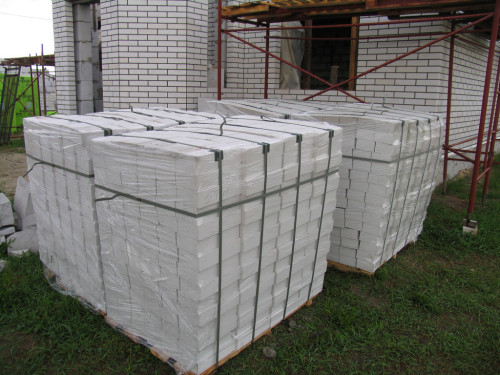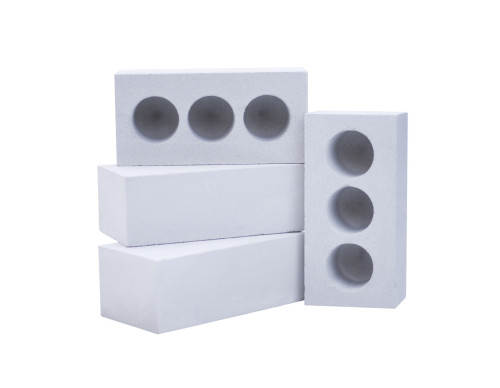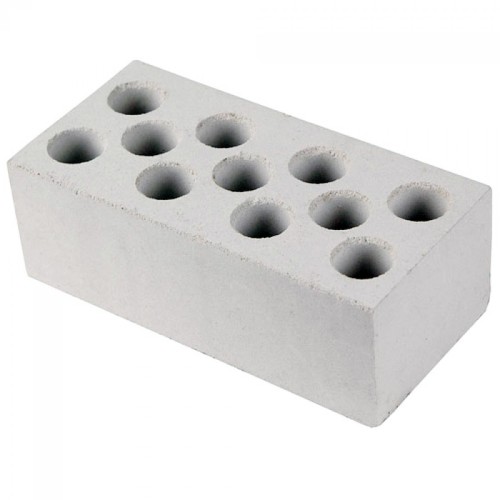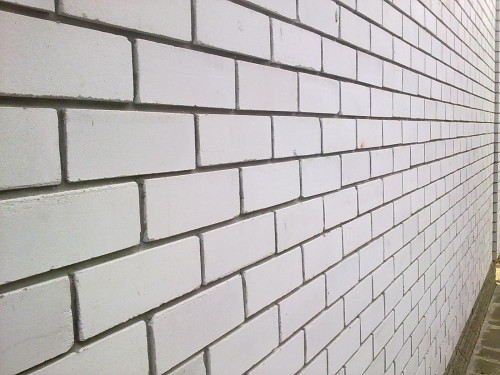
Characteristics and laying of silicate brick Building materials
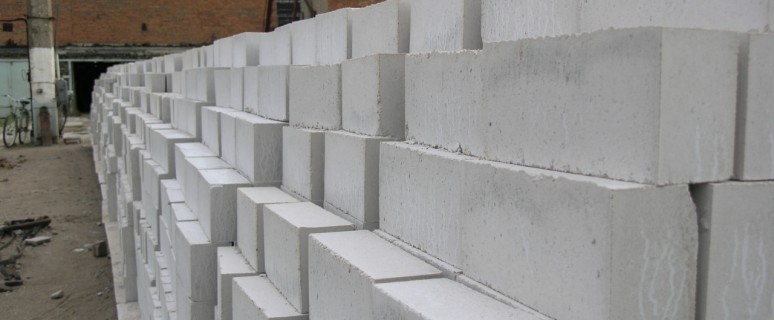
Silicate brick is exactly the building material that is used very often, despite the fact that new materials are increasingly appearing on the market, which are significantly superimed by its characteristics. It should be borne in mind that a silicate brick is tested by time. Despite some of the shortcomings, the "white" brick is actively used in a wide variety of construction, while there is no reason to believe that after some time it will become less relevant.
Content
It should also be said that silicate brick is an excellent option to create wall cladding. Unlike the classic "red brick", which does not boast a presentable type, the silicate material is actively used in this direction. And so it was 30 years ago, it continues to today.
For the manufacturers themselves, silicate brick is an excellent way of earning, as its release is a fairly simple process, and it is not associated with large energy consumption. That is why "white" brick is significantly cheaper than similar building materials.
Main features of silicate brick
Surely the most basic advantage of silicate brick is its versatility. This material is actually used for the construction of tiny private houses, and for the construction of large multi-storey buildings.
It should also be said that more than 100 years the technology of production of building material has practically changed. For this, the autoclaves are also used, as well as the classic composition - 90% of sand, 10% of lime and various additives depending on the specific area of \u200b\u200buse.
Nowadays, silicate brick is produced with the most diverse additives that make it possible to use the material without any problems in those conditions in which the classic brick would not be able to hold out and couples of days. For example, there is a "white" brick with additives to increase frost resistance, increase strength and other parameters. If it is necessary to use a brick as a cladding, probably will not prevent the use of dyes that will create some diversity in terms of external decoration of the home.
As for the direct characteristics of silicate brick, the most common full-length material is distinguished by high thermal conductivity, excellent strength, as well as not bad sound insulation. Considering that most of the multi-storey houses that were built during the Soviet Union, have sufficiently thin walls, even the silycal brick, even the characteristics, does not allow to fully rely on high-quality sound insulation and thermal conductivity. In this case, the only correct solution is to use additional insulation and sound insulation.
Restrictions on the use of silicate brick
Despite the versatility of the "white" brick, which is used almost everywhere, it is categorically not recommended to be used to create cellars walls, as well as base structures. Moreover, the silicate brick should not be used when creating fireplaces, chimneys, cookies and other objects that constantly interact with high temperatures or wet environments.
Of course, the "white" brick does not tolerate moisture and high temperatures due to the above composition. In such conditions, the material will rapidly lose its initial properties, which are a kind of business card silicate brick. Moreover, after some time, under the influence of moisture or high temperatures, the building material will begin simply to collapse, without leaving the chance of its further use.
It is also worth bearing in mind that the thickness of the walls that were built on the basis of sand-lime brick - a very serious aspect that must be given as much attention as possible. As mentioned earlier, due to the small material thickness of the walls may not provide an ideal sound insulation and thermal conductivity. At the same time need to understand that an increase in the thickness of the wall, we will have an enormous load on the foundation, which can lead to even the destruction of the building. Accordingly, in order to eliminate the possibility of such situations, which, incidentally, appear quite often, there should be a detailed calculation of the whole structure.
Features masonry sand-lime brick
Before you start laying bricks to make a decision related to the thickness of the masonry. It can be limited to a small thickness, and the advance planning facing the wall surface, or trim it with the help of thermal insulation or other materials.
In most cases, the walls are erected in a silica brick thickness (250 mm) in a half-brick (380 mm), two bricks (510 mm), and two half brick (640 mm).
If we are talking about the first version, then without additional insulation layers can not do.
laying process begins with the construction of the corners of the future structure. To comply with precision layers of masonry to use builder's level. Accordingly, after erection occurs angles special lace stringing, whereby it will be possible to evaluate the level of the masonry. A similar process occurs for the construction of each wall. In those cases, if the angle between the levels there is at least a small difference, you should immediately perform the alignment of masonry, which takes place on the first two layers. Not to be mistaken with the level of flatness, it is necessary to use all the same building level after laying each brick.
Applied to the building material should be fairly thick cement. In this situation, we have gained a strong structure. Liquid cement has a number of drawbacks, and in some cases it will simply flow out of the seams.
After the laying of the layers necessary as it is possible to produce higher quality grouting. This will create a really nice appearance of the wall, if there is such a need. Also, this step will provide a high density of seams themselves.




